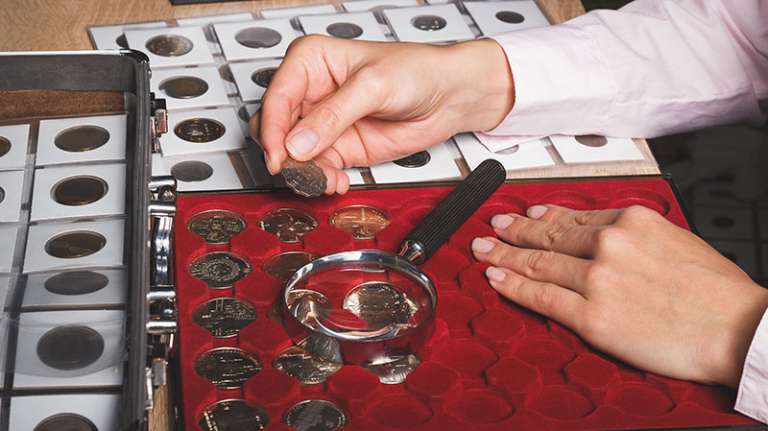Estate planning can involve balancing many, and sometimes competing, objectives. On the one hand, you may desire to set up a plan that leaves your wealth to your children. On another hand, you may have certain cherished items that hold high sentimental value to you but little to your children. With a careful and detailed plan in place, you can meet both of these goals, distributing the bulk of your wealth to you children while, at the same time, ensuring that your sentimental pieces go to people who will keep them and value them as much as you do.
Earlier this year, the Christian Science Monitor published an article about an issue as old as humanity itself: the very different perspectives that can exist between an older generation and a younger one. More specifically, though, the articles touched upon a very modern problem: the relatively large volume of possessions held by Baby Boomers and the difficulties they face when their children and grandchildren don't want those things.
Dealing with this dilemma can be complicated. It is understandable and reasonable that the younger generations, many of whom may live in small abodes, might have no place in their homes – and lives – for their parents' and grandparents' collections of paintings, ceramic figurines and thimbles. Nevertheless, having these possessions rebuffed can be difficult as, for the older generation, those things usually hold high sentimental value and the thought of those cherished items ending up in a yard sale, flea market or thrift store can be excruciating.
As with many circumstances, though, there may be a solution available through estate planning. With no planning, all of your possessions pass according to what's called the “intestate succession” rules set up in your state's statutory law. If your spouse dies before you do, that often means that all of your assets go to your children. This one-size-fits-most plan for asset distribution has many potential pitfalls, even if you do desire to leave the bulk of your wealth to your kids.
One of these traps can relate to your collections. Let's say that you outlive your spouse and that you desire to divide your assets among your three children. However, among your possessions are your antique china service for 12 and your husband's vintage vinyl albums from the 1950s and ‘60s. For this example, let's also assume all of your children have stated that they have no interest in vintage records or antique dinnerware. With no plan, everything you own, including that china and those albums, will go to your kids. What's probably going to happen to the china and vinyl? The likelihood of that “yard sale, flea market or thrift store” outcome seems pretty high, doesn't it?
With a careful estate plan, though, you may be able to avoid this unfortunate ending. Perhaps you have a niece who loves antique household goods, like china and crystal, and has always adored your china set. Maybe you have a trusted and helpful neighbor who is a self-described “hipster” and loves all things “retro” when it comes to music, including old-fashioned turntables and vinyl albums. Your detailed estate plan can state that, while your children split the vast majority of your assets, the china goes to your niece and the albums go to your neighbor. This type of planning can be accomplished either with a will or a living trust. With a basic will, you can simply include paragraphs indicating the special distribution of those specific collections to your preferred beneficiaries. If you desire to avoid probate, you can do the same with a living trust. With your trust, stating your intent regarding distribution of these assets works similarly. The only additional necessary step is to make sure that you have funded these assets into the trust's ownership. That is typically done by listing these assets in a special document within your trust, often labeled as “Schedule A” (or something similar.)
By engaging in this type of planning, you will have left a legacy in two parts: you will have both provided for your children and you will also given a second life to your antique/vintage collections, ensuring that they go to homes with people who with treasure them as much as you do.



